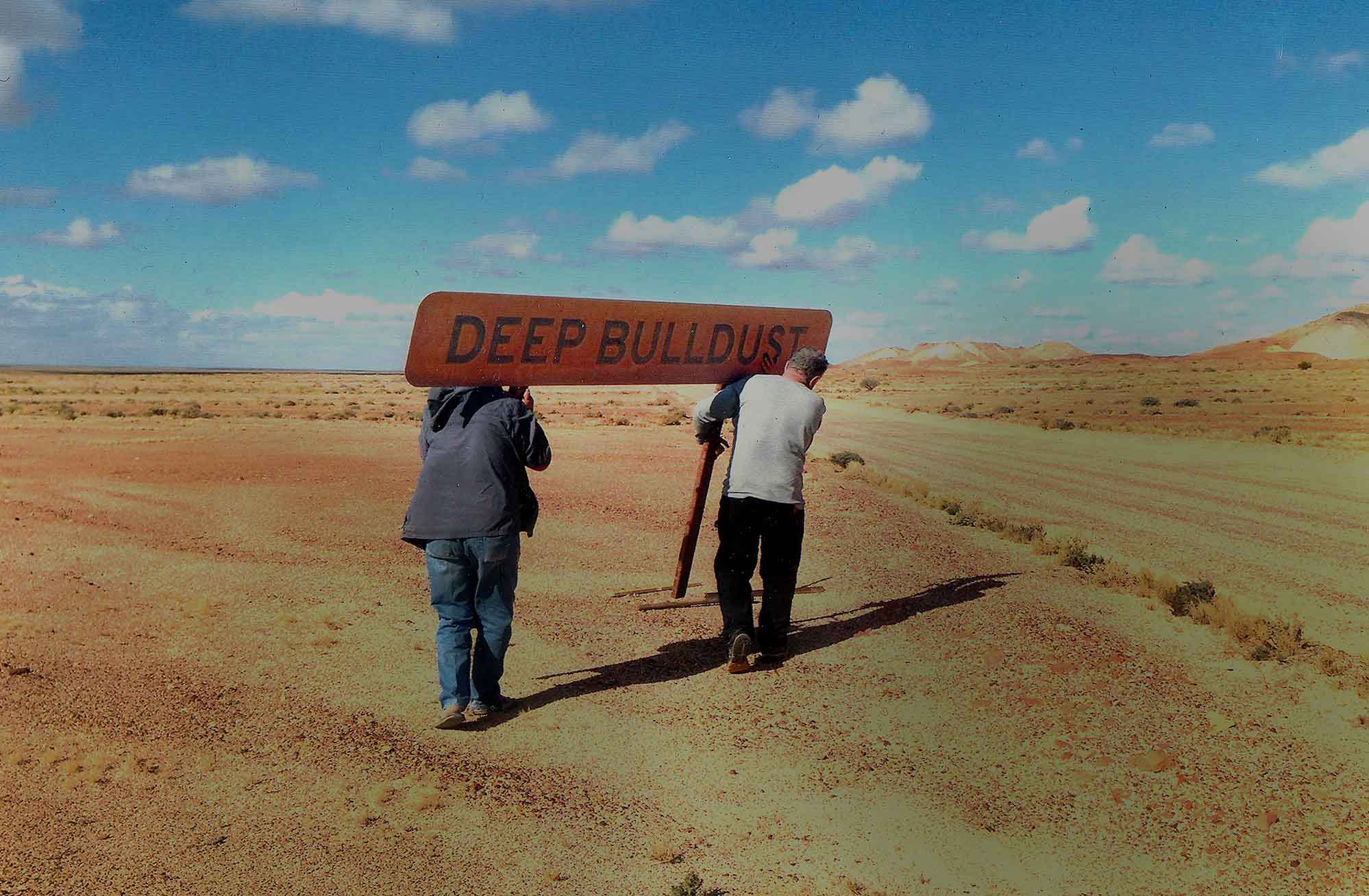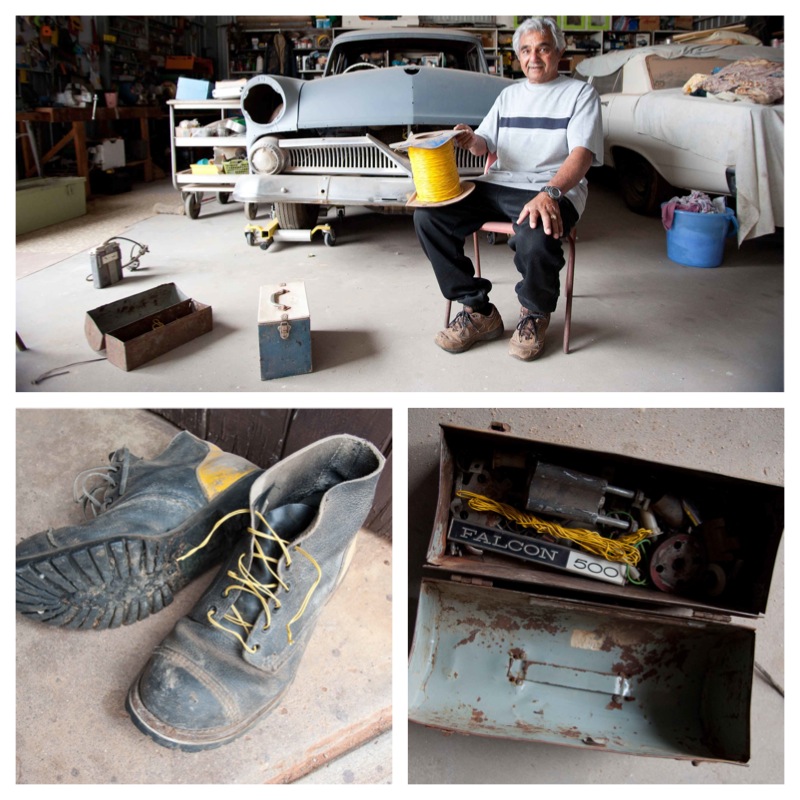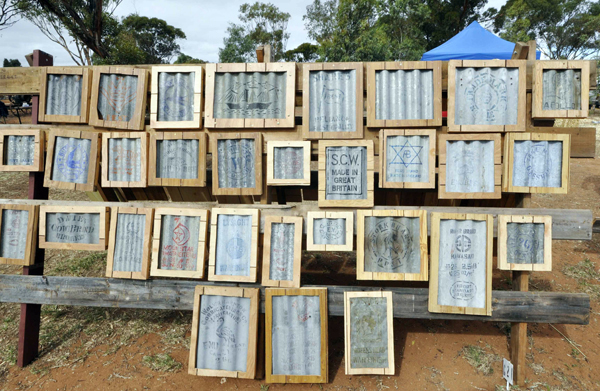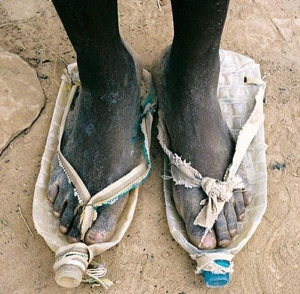from Mark Thomson, IBYS Advanced Research Director
Coming from an organisation that celebrates tinkering in all its many forms, in the past few weeks we at the Institute have been enjoying the revitalising of tinkering culture. Or rather the public recogntion of the value of tinkering. It’s pleasing because a couple of years ago I had a two week residency at the Haystack Mountain School of Crafts in Maine, during which I wrote a monograph entitled “I tinker therefore I am”. At the time people thought I was some sort of raving loony. Most of them still do of course but I feel a slight smug twinge of satisfaction that I was right.
With the GSU (Global Stuff Up) and all, people are no longer throwing out consumer goods with quite the gay abandon they once did – at least in the wealthy west. The rest of the world has, quite sensibly, always conserved resources and tinkered of course.
Tinkering is a beautiful thing. Or as I said in the Haystack monograph:
Tinkering a minor risktaking activity without any great consequence: it is not goal-directed nor are there defined outcomes. There are no key performance indicators for tinkering. Thus, tinkering is suspended from the pressures of defined goals and time limits. It’s about a question mark, not a product or a saleable process. Tinkering involves a flow state, an intense focus on a small closed world. Tinkering and play are closely interlinked: a ceretain sense of wonder propels the curiousity at the heart of every compulsive tinkerer. Tinkering also allows failure which is essential for any process of evolution.
And so on…
There have have been Wall Street Journal articles:
Tinkering Makes a Comeback Amid Crisis
The ABC (Australian Braodcasting Corporation to you outside Australia) has been busy on tinkering, including this interview with Miles Park from the Faculty of Built Environment at the University of New South Wales who has been exploring the relationship between tinkering, product longevity and e-waste reduction
http://www.abc.net.au/rn/futuretense/stories/2009/2728886.htm
There’s also an interview with me (gosh! self promotion! just fancy that!):
http://www.abc.net.au/rn/futuretense/stories/2009/2741127.htm
There’s also a Tales of Tinkering Blog that the ABC has set up:
http://www.abc.net.au/rn/futuretense/features/tinkering/default.htm
Alex Pang, a bloke from California who works on strategies around future uses of technology, has also written a very nice comprehensive survey of the state of tinkering:
http://askpang.typepad.com/relevant_history/2008/10/reflections-on.html
Nancy White, another West Coast guru (whom I had the great pleasure of meeting recently) has been reflecting usefully on the subject:
http://www.fullcirc.com/wp/2009/03/08/tinkering-and-playing-with-knowledge/
Through Nancy I met (on a stinking hot Saturday morning recently) an Adelaide local Mike Seyfang, who is following up on many of the same themes that we explore in the Institute. A man with a strong science and technology bent, Mike is a veteran of the early days of modern computing in Australia. He’s got an impressive grasp of the possibilities of digital tinkering and knows lots of people of the same ilk. His theories about the future of language could lead to some interesting discussions…
http://mikeseyfang.com/
There are a number of other people who are in on this caper if you are interested: John Seely Brown, Anne Balsamo, Mitch Resnik (more suggestions are welcome)
Or if you want to make some further comments, feel free to add them in the ideas section of our forum.
The chook shed on wheels
It always seemed like an urban myth or a piece of bush leg-pulling: that somewhere out there was an old chook shed being towed behind a van. Then, some months ago, I was going around the roundabout in downtown Alice Springs, just by the council offices and the public library when there it was.
So I threw the old Falcon into a tight squealing u-turn (it was my sister’s boyfriend’s car which I had just borrowed to go down the shops) and went back and had a chat with Frank Turton aka The Chookman.

Frank is an entertainer and he had just been driving around the Northern Territory doing his stuff. The NT is the kind of place where they appreciate people like Frank. He comes from Paringa which is on the River Murray next to Renmark in South Australia. There’s not a lot to Paringa – a bakery (7/10) and a slightly expensive junk/curio store in the old garage. I suspect that Frank is one of the biggest things Paringa has going for it.
Frank takes his chooks on his musical tours around the great Australian countryside – or at least it was taken for granted that he did. It’s a perfectly natural thing to do. So he needed to tow them behind in their own specialised accomodation.
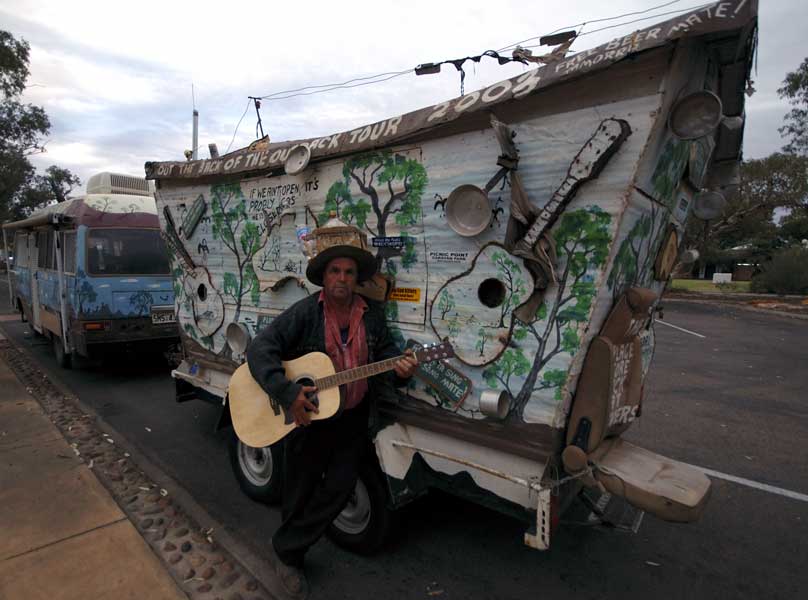
The chooks were definitely in there – they would peek out from the sound holes of the guitars or through some of the ventilator flaps that Frank had thoughtfully provided for his fowls. From the many stickers on the trailer shed it was clear that these were some very well travelled chooks.
Good on ya Frank. Think about it… some people spend their lives pruning the geraniums with nail scissors or getting the the knives and forks in perfect size order from left to right. Not Frank. His mission has been to take his chooks on a national tour and more than once it seems. These are chooks with an expanded view of the world. Just imagine what other cage-locked fowls must think when they meet these sophisticated well-travelled birds. They would be impressed. I was.
Hard rubbish -the garbo’s perspective
Some time back, Malcolm sent me a few shed photos. As you can see below, it’s a modest shed, but clearly loved by its owner.
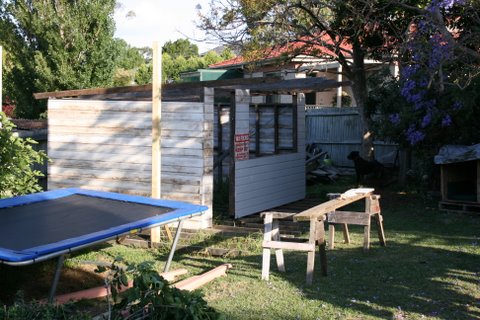
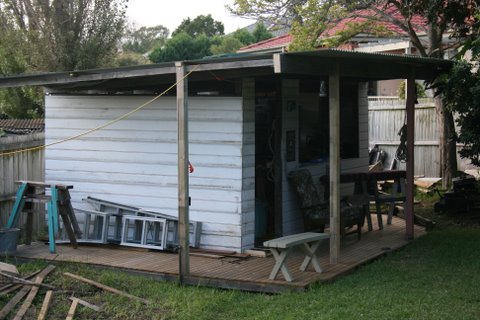
Malcolm works as a garbological transport engineer for one of the Sydney Councils, which is an excellent position to be in when you want to build a shed.
A good many of the components for the shed (including tools) were sourced on the job, especially during the twice yearly Clean Up day (or ‘hard rubbish’ day as it is known in some parts of Australia. Other parts of the shed were culled from traditional sources: part of the structure was the old roof trusses from a mate’s place that was being renovated;similar with the cladding. The floor was from a garage sale. A bit of money was spent buying new stuff but it was kept to the absolute bare minimum.
This shed is A TRIUMPH OF RESOURCEFULNESS.
The Institute of Backyard Studies pays homage to Malcolm and all who do the right thing and build like this. But wait, there’s more!
It was a privilege and a revelation to speak to someone who works on collecting hard rubbish. He more or less confirmed what I have always suspected – that there is a vested interest in councilsd leaving the stuff out on the street for a while because sooner or later there’s a good chance that a freeloader like me will come along and grab those worn green widgets or that piece of painted, dinged up but so useful Tassie Oak shelf.
And for Malcolm the job involves some hard choices. He said that some days the cabin of the garbage truck is so full of good stuff at the end of the day that the council supervisor has to come and get the rest of the crew in another vehicle because they won’t fit inside. There’s also a lot of transferring stuff going on. He knows that some people he works with a looking for certain things and vice versa, so a lot of swapping can go on at the end of the day. Other things end up being sold on Ebay. Other stuff ends up at the local Vinnies or Salvos if it known that they are looking for good furniture or whatever. As Malcolm says, you make a bit, spread some around, give it away.
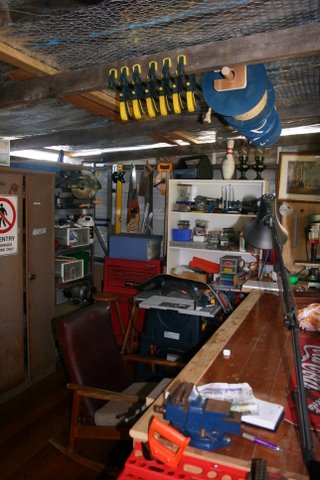
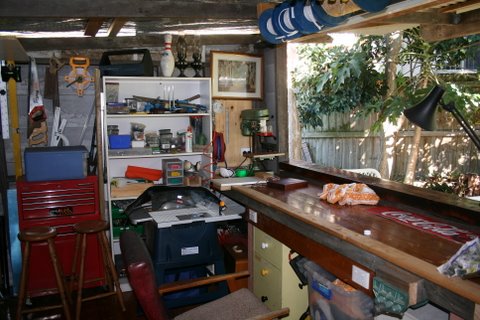
Since these photos were taken Malcolm and his wife have moved home and the current place does not have a shed. As you can imagine, that situation will soon be rectified.
Any more observations about hard rubbish are welcome in our forums. I’ve noticed that hard rubbish seems to be changing – this year there’s heaps of those trolley barbecues, along with the usual canvas and wood fold up chairs, cracked plastic furniture, busted bamboo anti mozzie oil lamps and broken battery powered vacuum cleaners. Many whippersnippers seem to have reached the end of their working lives (although I’ve now got 4 and the motor works on every one of them) There’s even a few satellite tv dishes (they look handy…) I’m always looking for more Random Excuse Generator parts or something that may have been part of Henry Hoke’s Quack of Doom (see elsewhere on this sight for sore eyey about Henry’s inventions)
Hard Rubbish and re-use is a subject worthy of further study. There’s an interesting essay about all this from ‘The Sage on the Page’
http://members.iinet.net.au/~delilah/sage/category.php?category=Essays and look up bindilling and re-use
More to come later
